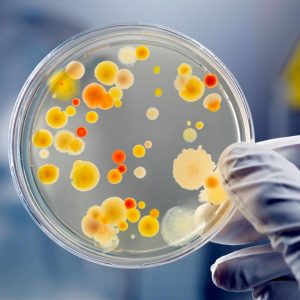Introduction
Molds are microscopic organisms that play an important role in the breakdown of plant and animal matter. Outdoors, molds can be found in shady, damp areas, or places where leaves or other vegetation is decomposing. Indoor molds can grow on virtually any surface, as long as moisture, oxygen, and organic material are present. When molds are disturbed, they release tiny cells called spores into the surrounding air.
How do people get exposed to mold?
People are exposed to molds every day and everywhere, at home, at work, at school, both indoors and out. Molds are generally not harmful to healthy humans.
Inhalation is considered the primary way that people are exposed to mold. Mold spores and fragments can become airborne and get into the air we breathe. People may also be exposed to mold through the skin. Workers should be properly protected with safety equipment when remediating, or cleaning up mold after a disaster. In some cases, people may be exposed to mold through their diet.
What are the most common forms of mold?
According to the Centers for Disease Control and Prevention, the most common indoor molds are:
- Cladosporium
- Penicillium
- Aspergillus
- Alternaria
- Stachybotrys chartarum (also known as black mold)
What are some of the health effects associated with mold exposure?
Symptoms stemming from mold spore exposure may include:
- Nasal and sinus congestion
- Eye irritation
- Blurred vision
- Sore throat
- Chronic cough
- Skin rash
After contact with certain molds, individuals with chronic respiratory disease may have difficulty breathing, and people who are immunocompromised may be at increased risk for lung infection. A study conducted by NIEHS-funded scientists shows that mold exposure during the first year of life may increase the risk of childhood asthma.

Recent Comments